INTERVIEW
INTERVIEW - “Many Barriers Are Not Physical But Attitudinal” - Sminu Jindal, MD, Jindal SAW & Founder Chairperson, Svayam
- Sharmila Chand
- Jul 05, 2025
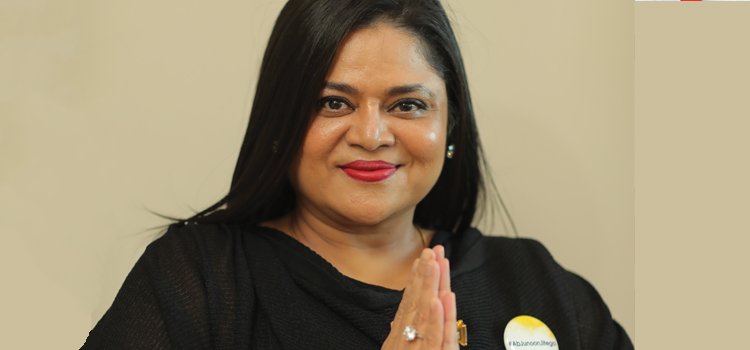
Inclusive accessibility is more than a creed for Sminu
Jindal. The compassionate entrepreneur and managing director of Jindal SAW has
been pushing forth this ideal through Svayam, an organisation dedicated to
promoting accessibility. Ms Jindal, who since her childhood has faced mobility
impairment, set up Svayam in 2000 to create barrier-free environment and
promote the dignity of people with reduced mobility. An MBA in finance from New
Delhi’s Fore School of Management, Ms Jindal is a successful businesswoman in
male-dominated sectors of steel, oil and gas. Under her leadership, Jindal SAW
has become one of the world’s largest pipe manufacturers, offering a
comprehensive range of piping solutions.
Her social entrepreneurial venture Svayam works with
policymakers and stakeholders to change the perception that accessibility is
only needed by persons with disabilities. Swayam has contributed significantly
to making public infrastructure inclusive. It has been collaborating with
government agencies, educational institutions, transport authorities and other
entities to promote accessibility. In an interesting conversation with Sharmila
Chand,
Ms Jindal points out how the government, the private sector and the society at
large can make inclusive accessibility a reality.
What inspired you to incept Svayam, and
how has this journey evolved over the years?
Svayam
was not born out of a grand plan; it arose from a pressing need. Years ago, I
realised that although many government schemes and legal provisions were in
place to support persons with disabilities, very few people were aware of them.
That gap in access to information became the starting point. In 2000, we
launched Svayam as a web portal to make such information more accessible and
actionable.
In its 25th year, Svayam has evolved from a
knowledge-sharing platform into a national movement driving advocacy, awareness
and on-the-ground implementation of accessibility. Over the years, we have
collaborated with ministries, transport authorities, airports, metro systems,
railways and heritage custodians to make public infrastructure more inclusive.
One of our early milestones was making Qutub Minar the first accessible World
Heritage site in India, followed by successful interventions at the Taj Mahal and
the Fatehpur Sikri group of monuments. We were a part of the advocacy effort
that resulted in the inclusion of disability-related questions in the Census of
India 2011, ensuring that persons with disabilities were counted and considered
in policymaking. Today, Svayam works across multiple sectors – supporting
accessibility in sports, tourism, sanitation, urban development and public
services – and has conducted access audits of numerous public spaces and
institutions.
As someone who has personally experienced
mobility challenges, how has your perspective shaped the vision and priorities
of Svayam’s advocacy and initiatives?
Since I was 11, I have lived with mobility impairment. I have encountered both
visible and invisible barriers, ranging from buildings without ramps to
deeply-ingrained societal perceptions about persons with disabilities. These
experiences have significantly shaped my worldview and directly impacted
Svayam’s work. Accessibility is not just for people with disabilities. It is
for everyone who experiences reduced mobility, whether temporarily or
permanently. That includes senior citizens, pregnant women, parents with young
children, individuals recovering from injuries and even travellers navigating
unfamiliar environments with luggage. Inclusive design is not niche; it is
universal. It is also important to recognise that many barriers are not
physical but attitudinal. Inclusive accessibility is not about charity. It is
about respect, equality and rights. I often say: Do not build a ramp
for me; build it because one day, someone you love may need it.
Would you elucidate the significance of
India’s first Accessible Tourism Conclave, and how you envision it shaping the
future of inclusive travel in India?
This
conclave comes at a pivotal moment for India. As we prepare to host global
sporting events like the 2030 Commonwealth Games and the 2036 Olympics, we must
reflect on whether we are truly ready to welcome the world, not just in terms
of infrastructure but also in terms of inclusivity. The conclave, set to be
organised in New Delhi, is about more than travel. It is about preparedness and
recognising that accessibility must be integral to the design of stadiums,
hotels, airports, metro systems, public spaces and tourist destinations. The
Conclave will bring together ministries, tourism boards, urban planners,
transport providers, hospitality professionals and accessibility experts to
evaluate our current situation collectively and identify concrete, scalable
solutions.
What are the biggest barriers faced by
persons with reduced mobility in tourism and travel in India, and how does
Svayam plan to address them through this conclave?
The
most visible issues are physical barriers. Despite significant investment in
infrastructure, many public spaces – including airports, hotels, stadiums and
tourist attractions – still lack essential features, such as ramps, tactile
pathways, accessible toilets or functioning lifts. Equally significant are
attitudinal barriers. A lack of sensitivity training for frontline staff in
tourism, hospitality and transport often leads to persons with reduced mobility
being overlooked or misunderstood. Policy-related and systemic barriers, such
as high import duties on assistive devices and inadequate enforcement of
accessibility norms in construction continue to impede progress.
The conclave will aim to tackle these challenges
comprehensively. Svayam intends to put forth the following issues at the
conclave:
- Access audit findings and lived
experiences of para-athletes and travelers.
- Facilitate dialogue between government,
private sector leaders and accessibility experts.
- Recommend actionable steps to build
sector-specific accessibility standards for tourism and sports
infrastructure. - This is not merely about physical access; it encompasses participation, pride and parity. If India aspires to become a global destination, we must create an environment, where every guest and citizen can move with ease and dignity.
How can government organisations, private
sector players and communities collaborate more effectively to build a truly
accessible India across public life?
Creating
a genuinely-accessible India is not a solitary endeavour. It necessitates
coordinated efforts of government, industry and civil society. The government
must continue to lead with strong policies, standards and enforcement
mechanisms. Campaigns like Accessible India have laid the groundwork, but there
is a pressing need for inter-ministerial collaboration, clear timelines and
accountability across departments. The private sector has both the capacity and
the responsibility to drive inclusion. Hotels, restaurants, cinemas, shopping
centres and ride-hailing platforms must adopt universal design. The community
plays a transformative role. Social change begins at homes, schools and public
spaces. Changes become sustainable when communities advocate for inclusion in
festivals, schools and everyday life.
At Svayam, we have always believed that accessibility
is not a privilege but a right. As we celebrate 25 years of advocacy, our
message remains unchanged: An inclusive India is a stronger, smarter and fairer
India. It will require all of us to build it together.


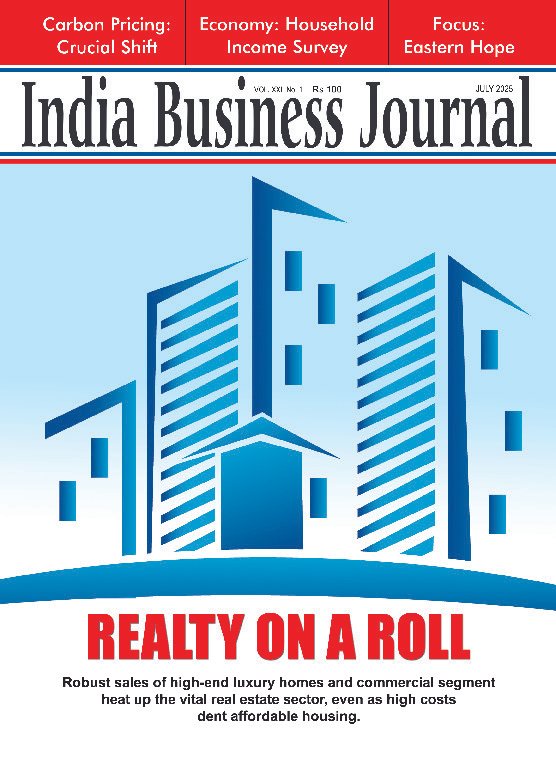









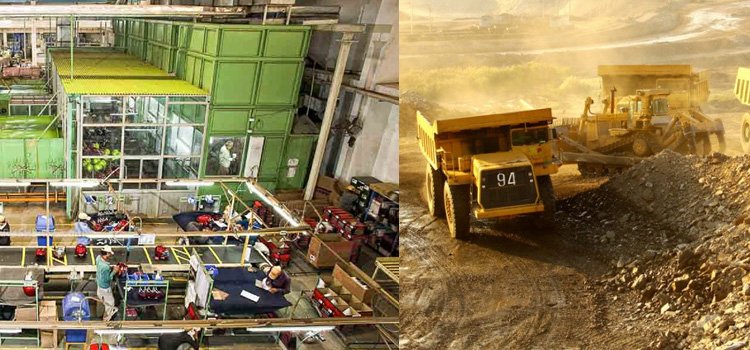



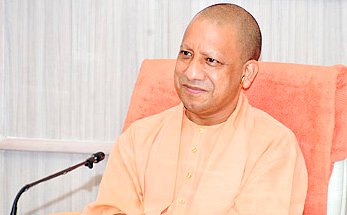


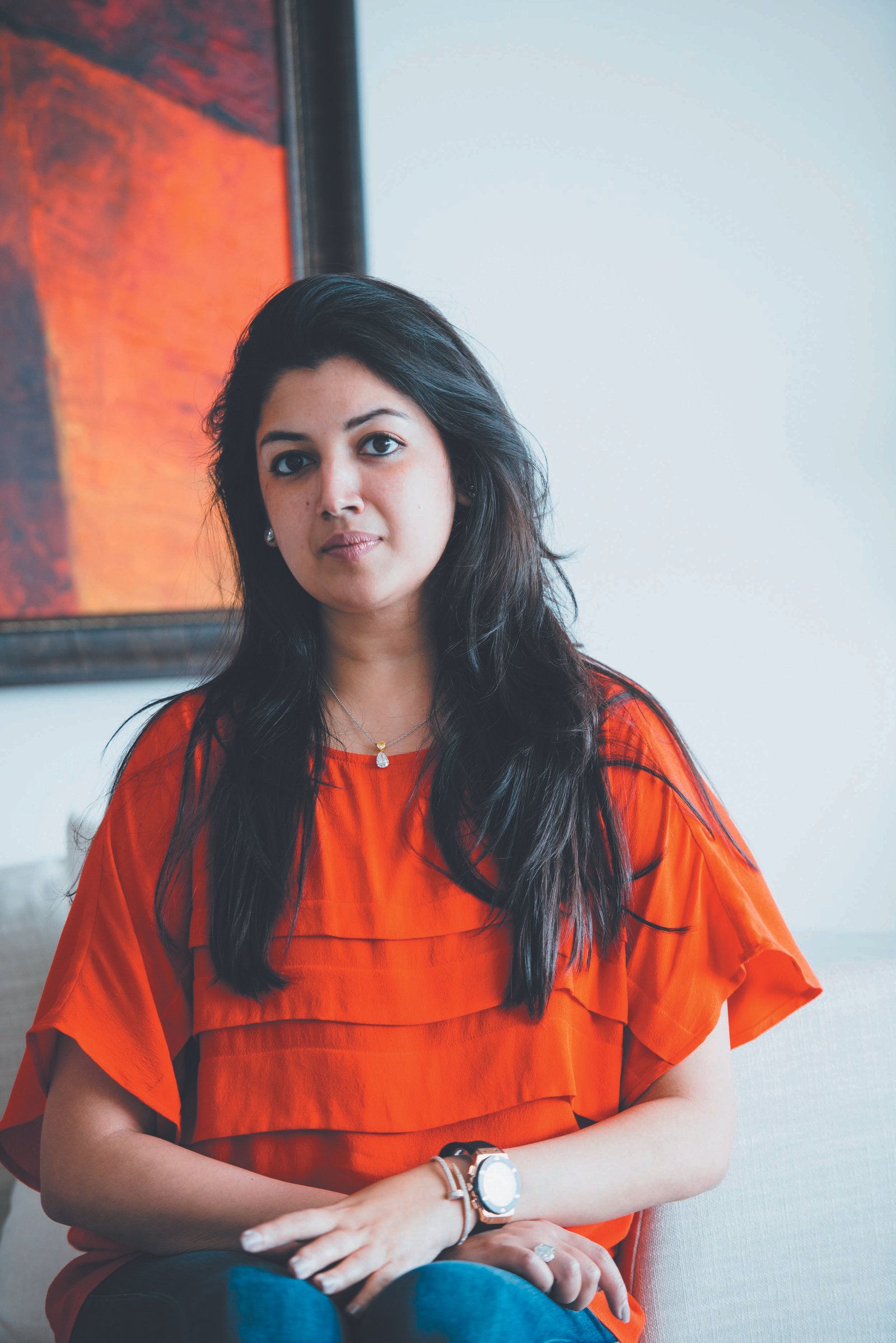
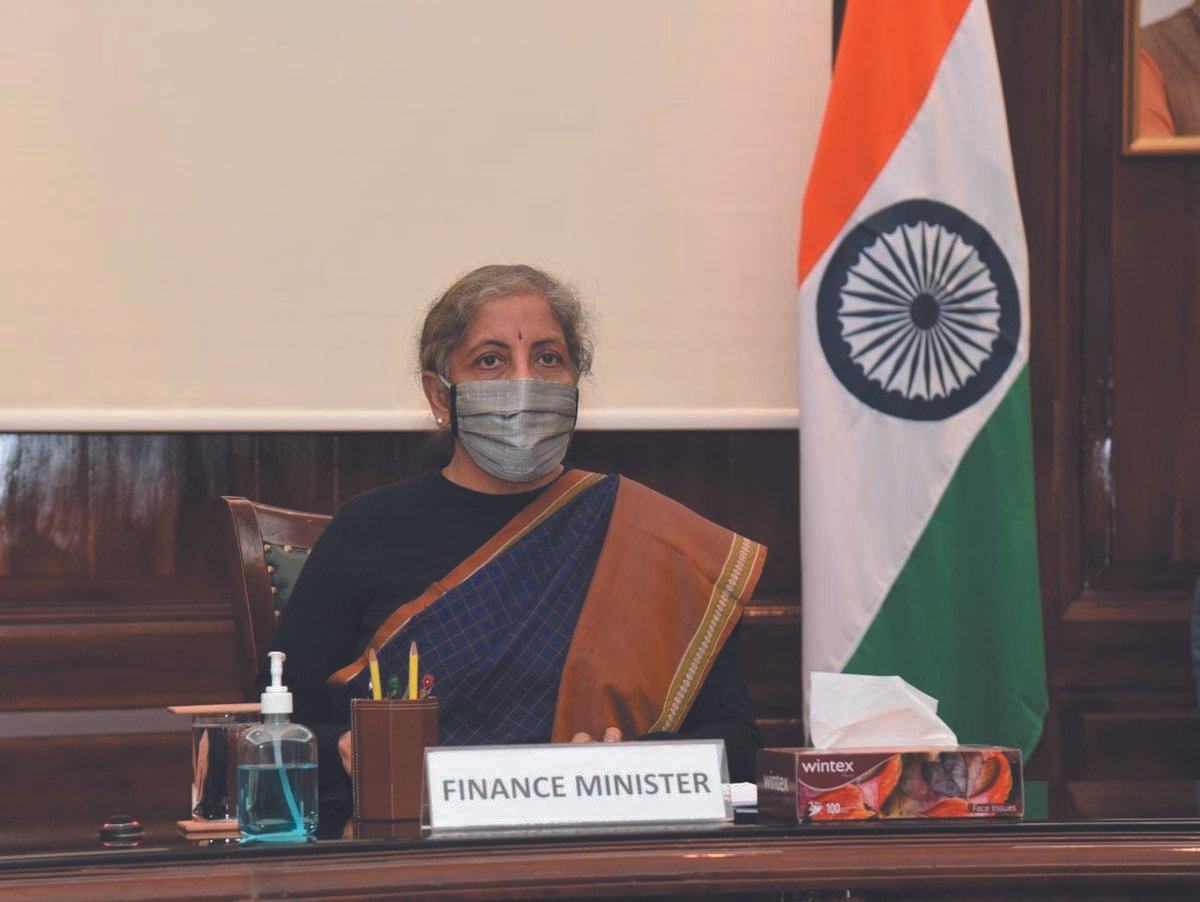
Report By
View Reporter News